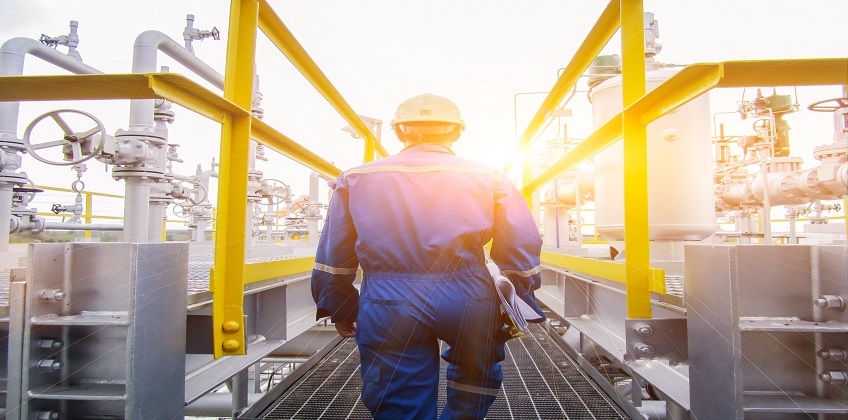Much like any other sector, oil and gas was gravely affected by the COVID-19 pandemic. The year 2020 saw a historic collapse in the demand for oil and gas, which invariably led to a number of oil producing nations simply storing the surplus in anticipation of the stabilization of global markets. Vaccination campaigns are now in full swing and countries are slowly opening up, which has seen the demand for oil and gas gradually soaring again. High networth individuals (HNIs) and accredited investors stand to gain significantly from investing in the energy sector through oil and gas projects. Continuing on the subject, in this post, we present four prominent post-COVID-19 oil and gas trends prospective investors should know.
Also Read: Direct and Indirect Investment Options for Oil
1. Strong Recovery & Progress
The pandemic situation has forced top oil-producing nations such as the USA and Saudi to build up large inventories of surplus oil and gas from 2020. The surplus inventory is now being spent aggressively as oil stocks and reserves are slowly returning to pre-pandemic levels. In line with predictions in a March report by the IEA, which points to a return to pre-pandemic levels in Global oil demand by the end of 2022, the effects of the pandemic are already fading away and demand is gradually normalizing.
2. Rising Demand
In 2020, oil demand plummeted by nearly 10 million barrels a day from 2019 pre-COVID-19 figures. While several nations across the world are looking to adopt green energy, the lack of strong supply and infrastructure for renewable energy production invariably leads to an increase in demand for oil and gas. According to the latest report by the International Energy Agency, by 2026, global oil consumption will have soared to 104.1 million barrels per day, which is higher than pre-COVID, 2019 levels.
3. Increase in US Gas Consumption
Compared to 2020, consumer gasoline spending in the US is set to increase in 2021, according to a recent study by a prominent fuel-price tracking site. While the gas consumption levels in the current year may not match the high of the 2017 to 2019 period, they certainly are a step up from pandemic times. Coming to the figures, the average household spending on gasoline in the US is projected to be at 1670 dollars in 2021, compared to 1617 dollars in 2020.
4. Digitization of Oil & Gas
The COVID-19 pandemic has forced a better part of the population to work remotely, and the same has been the case with oil and gas projects. Recent reports have revealed that the oil and gas industry is set to triple its spending on advanced analytics. Such increased reliance on technology results in increased transparency, efficiency, and sustainability in oil and gas production.
The Last Word
Although the pandemic brought about a huge shift in the demand for oil and gas, things seem to be on their way back to normalcy halfway through 2021. Be it the digitization of oil and gas that is expected to lead to increased efficiency in production, or the rising demand and increase in household gas consumption, all the signs of recovery are strong. Investors looking to diversify their investment portfolio and hedge against stock market fluctuation should consider investing in the energy sector. Main Oak Capital offers accredited investors an array of direct investment opportunities in oil and gas investment projects. To learn more about available energy investing opportunities, talk to one of our energy investment analysts at (972) 544- (1645) or email info@mainoakcapital.com.





